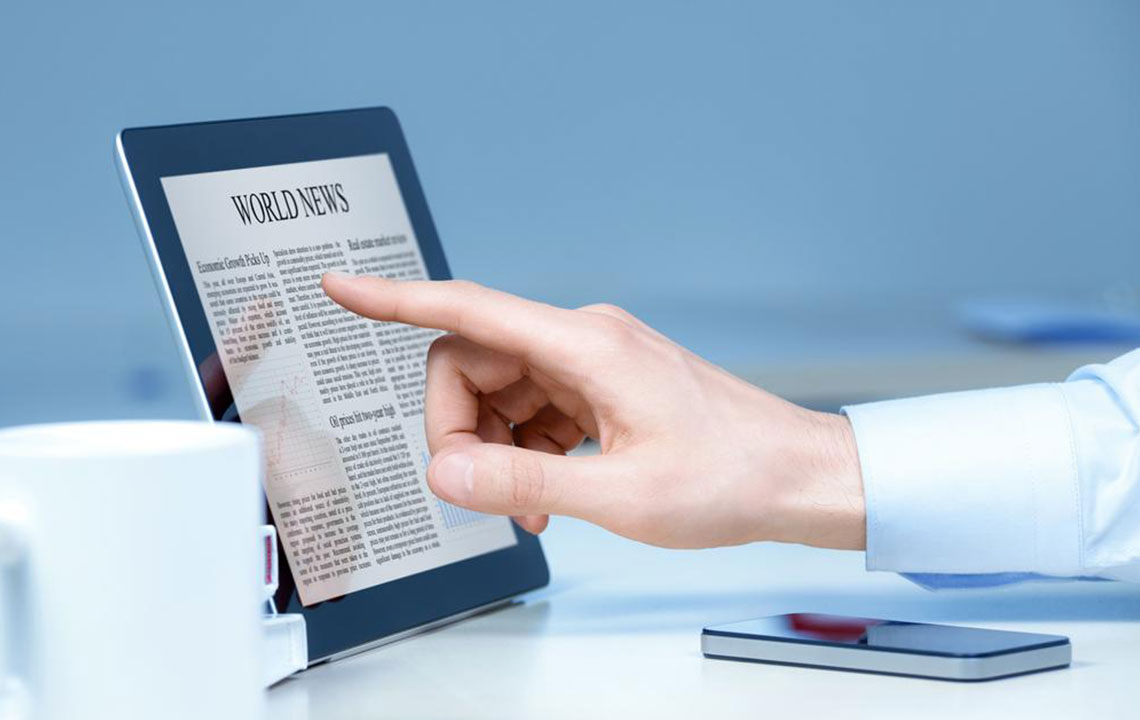Evolution of E-Book Readers: A Historical Overview
Explore the rich history and evolution of eBook readers from early prototypes to today's feature-packed devices. Learn about technological advancements, internet integration, and key innovations that have transformed digital reading. This overview provides insights into how eReaders have become essential travel and leisure companions for modern readers worldwide.

The Evolution of E-Book Readers
Electronic book readers, commonly known as eReaders, represent a significant advancement in digital reading technology. They store text-based publications in electronic formats, with many supporting images and graphics. Designed for compatibility with various devices, eBooks are stored as small digital files, allowing users to carry numerous titles conveniently. This portability makes them ideal for travel and note-taking. Over the years, eReaders have evolved remarkably from their early prototypes to the feature-rich devices available today.
Examining the timeline of eBook reader development reveals the progressive innovations shaping this technology.
Early Automated Devices
In the 1940s, Angela Ruiz Robles designed an early automatic reader, considered a precursor to modern eReaders.
Initial prototypes involved simple mechanisms like spools that printed text using compressed air—though not digital, these devices laid groundwork for future development.
Internet Integration and File Sharing
The rise of the internet revolutionized digital reading, enabling file sharing and online access to books.
In the 1970s, university students used computers connected via ARPAnet to exchange text files, marking the birth of digital books.
By the 1980s, companies published hypertext fiction on floppy disks, making digital content more accessible.
In 1993, the first online bookstore emerged, allowing consumers to purchase eBooks directly, representing a significant shift in digital publishing.
Between 1998 and 2000, dedicated eReaders like Softbook and Gemstar appeared, offering specialized devices for digital reading.
By 2003, sales declined due to stagnant designs, but innovations continued, including Sony’s Libre eReader featuring eInk technology—reducing glare and improving readability.
Before 2010, platforms like Amazon Kindle and the iPhone launched eBooks and compatible devices globally, promoting widespread adoption.
Today, eBook readers come with advanced features such as built-in online libraries, audio playback, web browsing, and extensive accessories, enhancing readers’ experiences. To choose the best device, consult reviews and manufacturer websites.
Note:
Our blog offers diverse, well-researched information to help readers explore various topics. While we strive for accuracy, this content should not replace professional advice or be considered entirely conclusive. The site does not assume responsibility for discrepancies or outdated data from external sources. Also, some special offers or schemes may not be included. Always verify details from official sources for the most current information.









